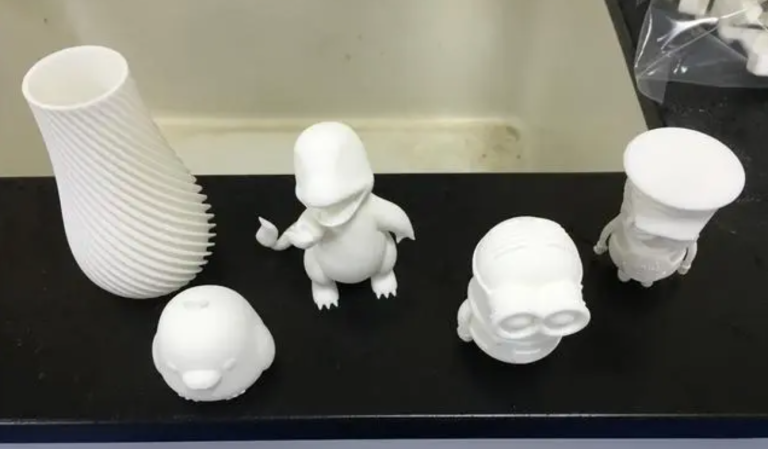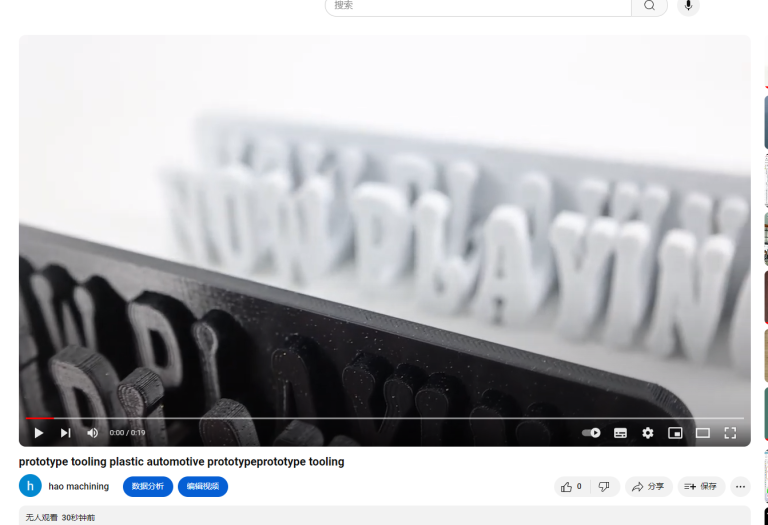Table of Contents
Benefits of Using ABS Plastic in Automotive Injection Molding
Automotive injection molding is a widely used manufacturing process in the automotive industry. It involves injecting molten material into a mold cavity, where it cools and solidifies to form the desired part. One of the most commonly used materials in automotive injection molding is ABS plastic. ABS, or acrylonitrile butadiene styrene, is a thermoplastic polymer known for its strength, durability, and versatility. In this article, we will explore the benefits of using ABS plastic in automotive injection molding.
| Surface finish | Polishing Finish / Slik Print / Texture Finish / Rubber Painting / Glossy Finish / Painting / Slik-Screen / Pad Print / EMI Coating / Electronic Plating / Laser Marking / Etc. |
| Packing | PE bag + paper card/paper skin + export-grade carton / crate / Pallet |
One of the key advantages of ABS plastic is its strength and impact resistance. ABS parts are able to withstand high levels of stress and strain, making them ideal for use in automotive applications where durability is essential. ABS plastic is also lightweight, which can help to reduce the overall weight of a vehicle and improve fuel efficiency. Additionally, ABS plastic has excellent dimensional stability, meaning that parts made from ABS will maintain their shape and size over time, even in harsh environmental conditions.

Another benefit of using ABS plastic in automotive injection molding is its versatility. ABS plastic can be easily molded into complex shapes and designs, allowing for greater design flexibility and creativity. This makes it an ideal material for producing a wide range of automotive components, from interior trim pieces to exterior body panels. ABS plastic is also available in a variety of colors and finishes, making it easy to achieve the desired aesthetic for a vehicle.
In addition to its strength and versatility, ABS plastic is also highly resistant to chemicals and heat. This makes it well-suited for use in automotive applications where exposure to harsh chemicals or high temperatures is a concern. ABS plastic is also resistant to UV radiation, which helps to prevent fading and discoloration over time. This makes it an ideal material for exterior components that are exposed to sunlight and other environmental factors.
ABS plastic is also a cost-effective material for automotive injection molding. It is readily available and relatively inexpensive compared to other engineering plastics. This can help to reduce production costs and make automotive components more affordable for consumers. Additionally, ABS plastic is easy to process and recycle, making it a sustainable choice for automotive manufacturers looking to reduce their environmental impact.
Overall, ABS plastic offers a wide range of benefits for automotive injection molding. Its strength, durability, versatility, and cost-effectiveness make it an ideal material for producing a variety of automotive components. Whether used for interior trim pieces, exterior body panels, or other applications, ABS plastic is a reliable and high-performance material that can help to improve the quality and efficiency of automotive manufacturing processes. By choosing ABS plastic for automotive injection molding, manufacturers can create durable, lightweight, and aesthetically pleasing parts that meet the demands of today’s automotive industry.
How to Choose the Right Injection Molding Process for ABS Plastic in Automotive Applications
Automotive injection molding with ABS plastic is a common process used in the manufacturing of various automotive components. ABS, or acrylonitrile butadiene styrene, is a thermoplastic polymer known for its strength, durability, and impact resistance. When it comes to choosing the right injection molding process for ABS plastic in automotive applications, there are several factors to consider.
One of the key considerations when selecting an injection molding process for ABS plastic is the type of ABS material being used. There are different grades of ABS available, each with its own unique properties and characteristics. It is important to choose a grade of ABS that is suitable for the specific requirements of the automotive component being produced.
Another important factor to consider is the design of the automotive component. The design of the part will impact the choice of injection molding process, as well as the tooling and equipment required for production. Complex geometries, thin walls, and intricate details may require a different injection molding process than simpler, more straightforward designs.
The production volume of the automotive component is also a critical factor to consider when choosing an injection molding process for ABS plastic. High-volume production runs may benefit from processes such as high-speed injection molding or multi-cavity molds, which can help increase efficiency and reduce production costs. On the other hand, low-volume production runs may be better suited to processes such as low-pressure injection molding or rapid prototyping.
In addition to production volume, the desired surface finish of the automotive component is another important consideration when selecting an injection molding process for ABS plastic. Different processes can produce different surface finishes, ranging from smooth and glossy to textured or matte. The choice of process will depend on the aesthetic requirements of the automotive component, as well as any functional considerations such as grip or friction.
When it comes to automotive applications, strength and durability are paramount. ABS plastic is known for its impact resistance and toughness, making it an ideal material for automotive components that need to withstand harsh operating conditions. The choice of injection molding process can impact the mechanical properties of the ABS plastic, so it is important to select a process that will produce parts with the required strength and durability.
In conclusion, choosing the right injection molding process for ABS plastic in automotive applications requires careful consideration of several factors, including the type of ABS material, the design of the automotive component, production volume, desired surface finish, and mechanical properties. By taking these factors into account, manufacturers can ensure that they select the most appropriate injection molding process to meet the specific requirements of their automotive components.





